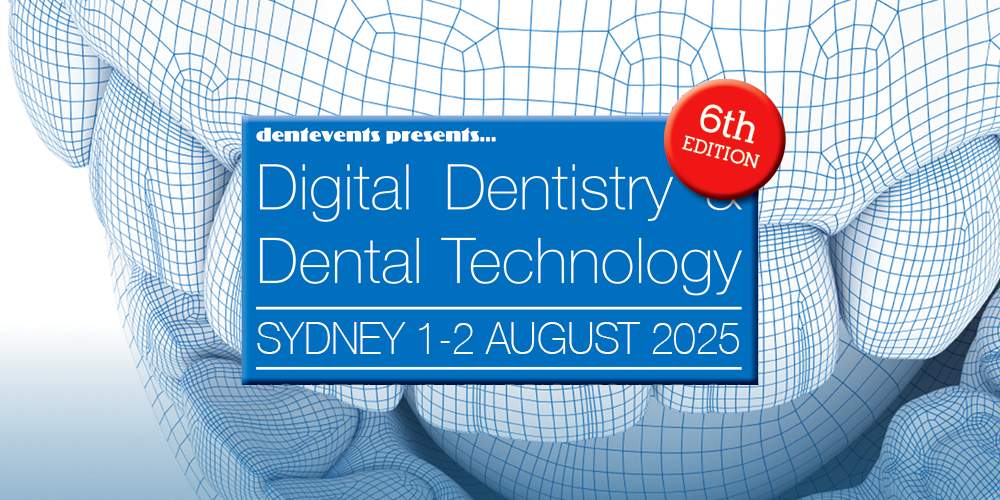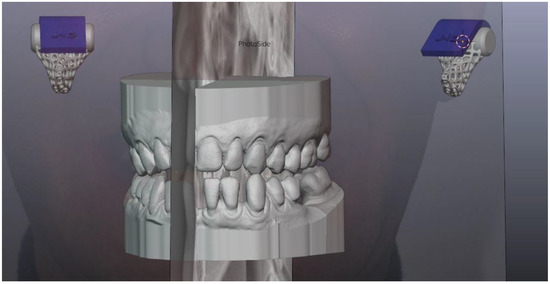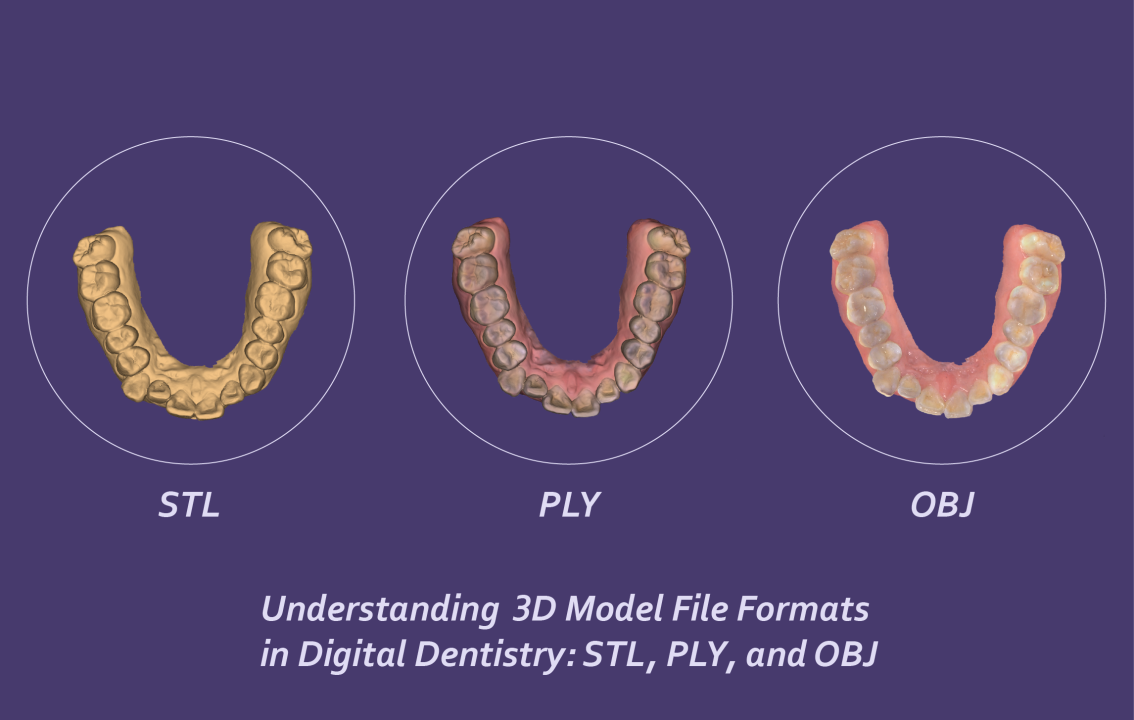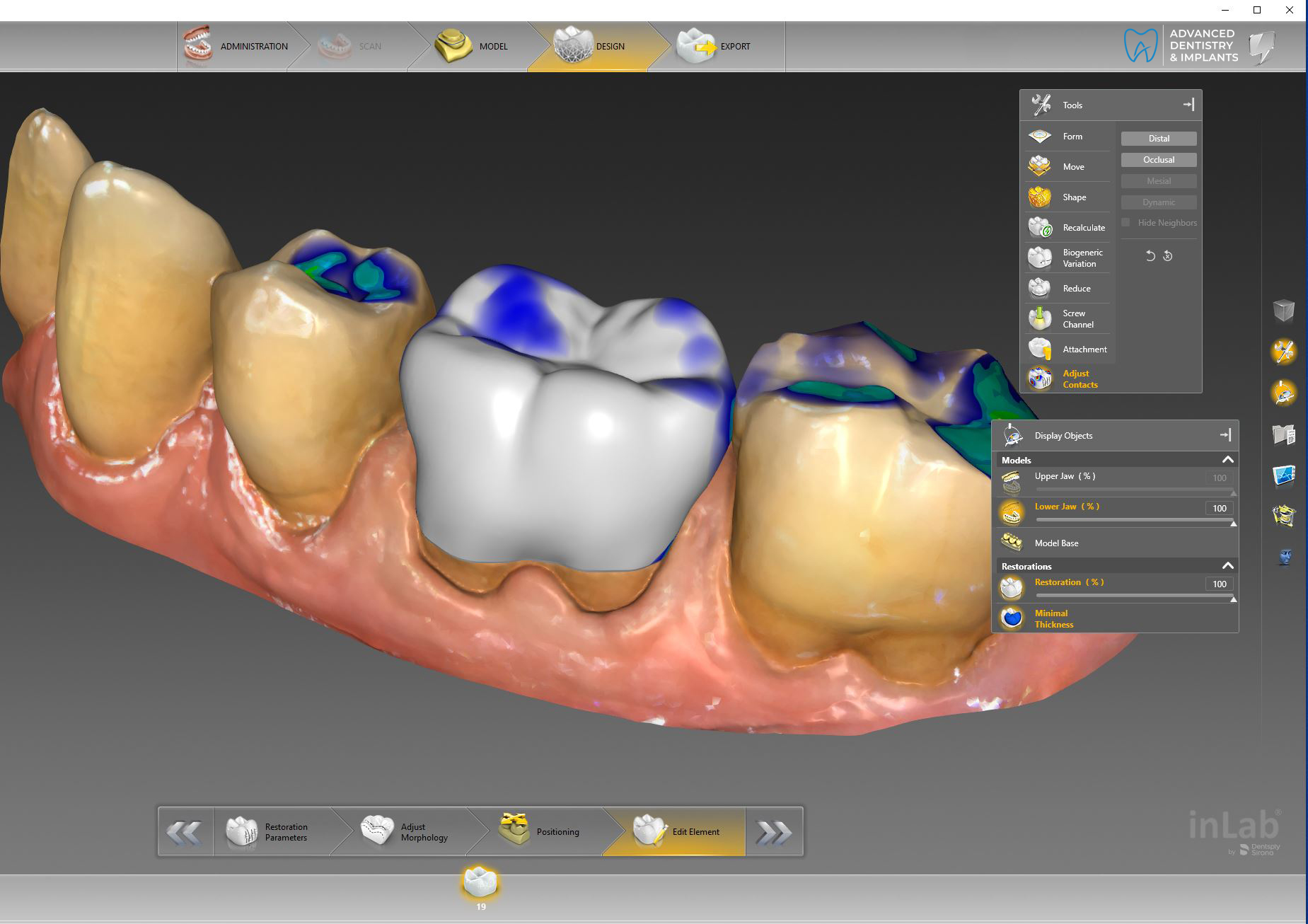Lite and Demo Editions: The First Step into Digital Dentistry
Digital dentistry has been moving fast, yet one of its biggest obstacles remains the same — cost. Full-scale CAD/CAM suites, surgical planning platforms, or integrated hospital EHRs can be prohibitively expensive for small clinics and teaching institutions. That’s where Lite and demo editions quietly play a crucial role.
These free or cut-down versions are not designed for production work, but they give students, residents, and even practicing clinicians a safe place to start. They show what digital workflows look like, how 3D data is handled, and how everyday tasks can move from paper charts to interactive models — all without the upfront investment.
Take Dental Master 3D Free Demo: it doesn’t unlock every implant planning feature, but it still allows dental students to understand the basics of 3D navigation and case visualization. Or OrthoSketch Free, which makes it possible to sketch and annotate orthodontic cases without needing a full orthodontic CAD environment. And then there’s DentCAM Free, which offers just enough CAD/CAM capability to explore digital prosthetic design, but stops short of full-scale production.
From the perspective of IT administrators, Lite editions serve three clear purposes:
– Testing infrastructure — checking if existing hardware can actually run CAD/CAM tools before purchasing licenses.
– Preparing users — giving staff and students a training ground, so that a move to enterprise editions is smoother.
– Reducing risk — helping decision-makers justify investment with real usage data rather than vendor promises.
Of course, the limitations are obvious. Free editions often restrict exports, leave out compliance modules, and lack the fine-tuned precision required in real clinical workflows. But their value lies elsewhere: they lower the barrier of entry and act as a “sandbox” where institutions can experiment, adapt, and train.
In the broader picture, Lite and demo versions are less about competing with commercial platforms and more about creating pathways. They turn digital dentistry from an expensive promise into something tangible that students can try and administrators can plan around. And that small step often becomes the starting point for a much larger digital transformation.




